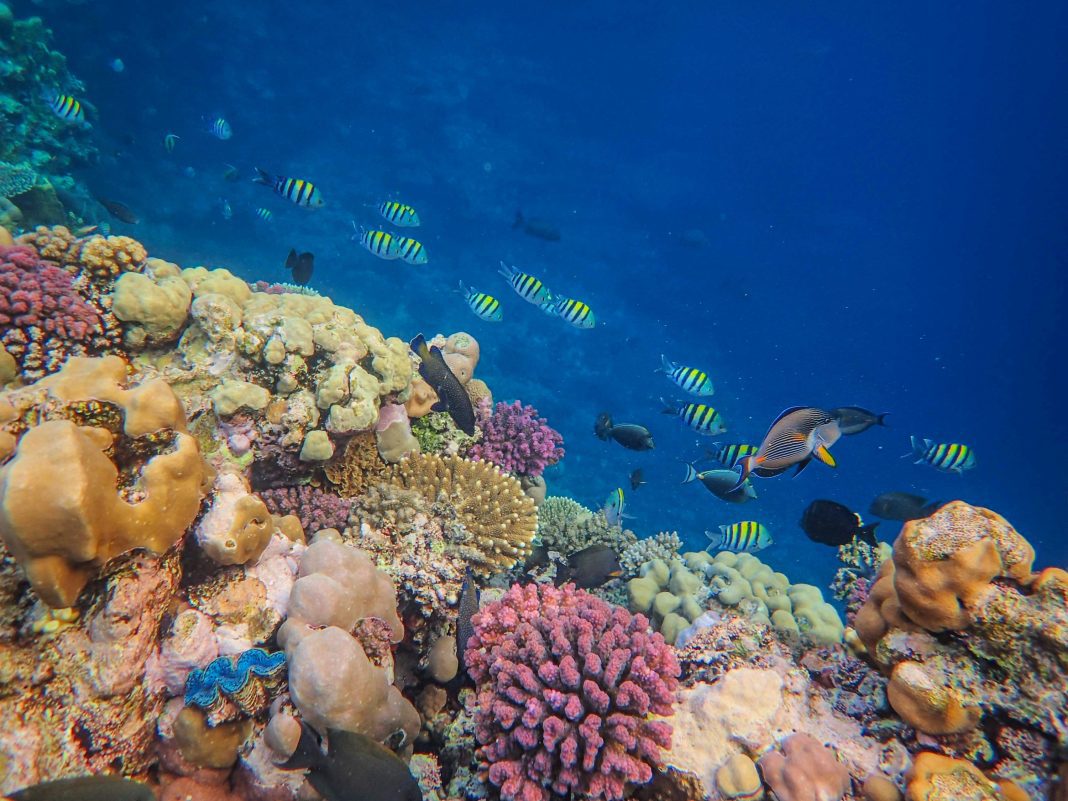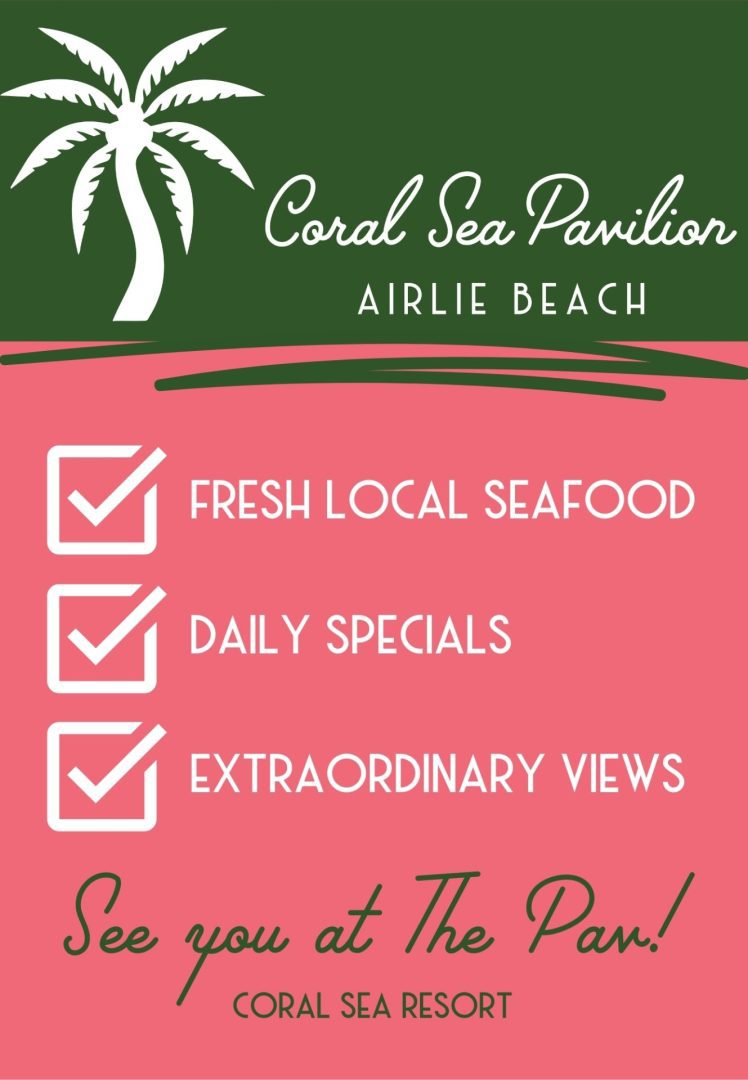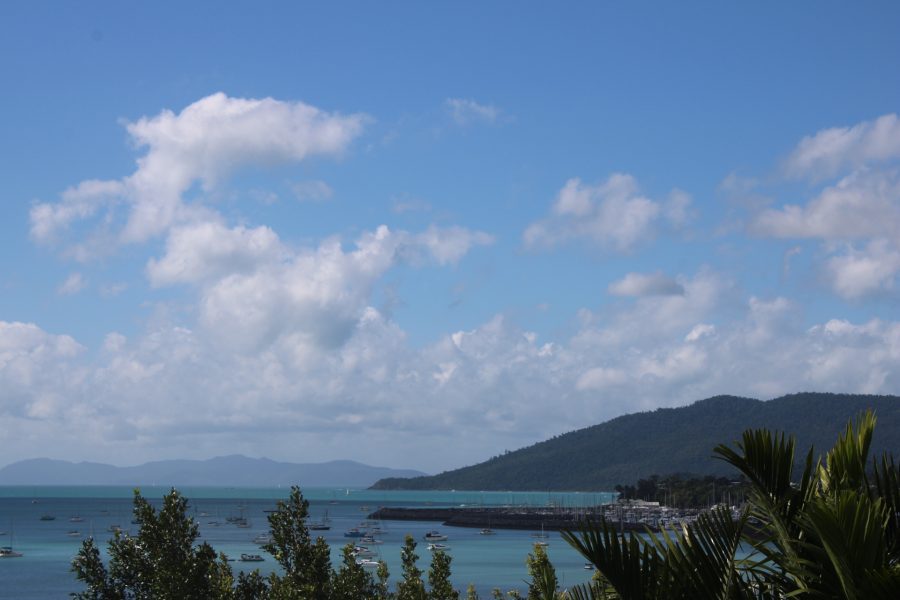AN INNOVATIVE scheme to regenerate fish and coral populations in the Whitsundays is showing great results after just one year.
Reef Catchments’ ‘Rubble to Reef’ project has seen the installation of underwater Habitat Reef Modules to create new habitats, and monitoring shows that fish and coral are already returning.
One year after the thirty purpose-designed Habitat Reef Modules were installed – which mimic the ecological function of natural reef bommies – new underwater footage is revealing encouraging signs of success.
“Monitoring has recorded at least 22 fish species now using the modules – a remarkable increase from just three species recorded before deployment,” a Reef Catchments spokesperson said.
“These include key recreational, commercial and indigenous fishery species, such as red emperor, large-mouth nannygai, gold-spot cod and grassy sweetlip, along with small-bodied reef fish such as wrasse, blennies, chromis and coralfish.”
Catchment Solutions’ fisheries ecologist Matt Moore said the footage also showed the modules covered in soft coral growth, with hard corals expected to establish over a longer timeframe.
“This early colonisation is a positive sign that the structures are functioning as intended, supporting marine life and enhancing reef habitat,” Mr Moore said.
“We’ve designed these modules to mimic the ecological function of natural reef bommies.
“From surface texture to internal shelter spaces for juvenile fish, every part of the design has a role in enhancing habitat quality and increasing the resilience of reef communities.
“These are ‘set-and-forget’ structures – they provide favourable attachment conditions away from sediment, encouraging natural colonisation by reef-building organisms.”
Reef Catchments NRM project officer Kellie Best said the structures offered critical nursery habitats for juvenile fish.
“Each module includes ‘hidey holes’ leading to a central internal chamber designed to provide shelter from predators,” Ms Best said.
“By offering safe spaces during early life stages, the modules support fish survival, allowing more juveniles to reach maturity and contribute to reef fish populations.
“Juvenile fish are most vulnerable when they’re small so, by providing dedicated refuge, these modules give them a better chance of surviving, growing and eventually reproducing.”
The Habitat Reef Module trial represents a collaborative approach to restoration, combining local knowledge, innovative engineering and science-based monitoring, to help secure a more resilient future for the Great Barrier Reef.
The project is a collaboration between Catchment Solutions, Reef Catchments NRM, Mackay Regional Council, and North Queensland Bulk Ports, with support from recreational fishers and the local community.
Monitoring and evaluation will continue, to assess ecological outcomes and inform future marine restoration projects.
For more information about the Habitat Reef Modules visit www.reefcatchments.com.au/projects/turning-rubble-to-reef-in-the-mackay-whitsundays/.






